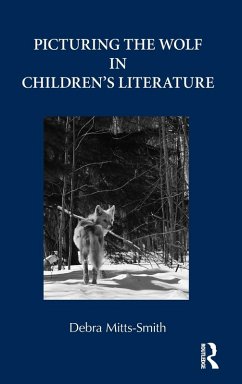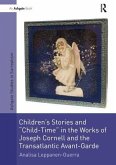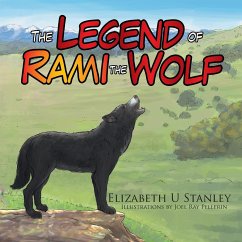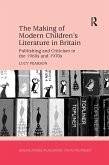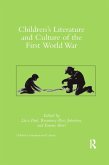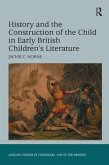Looking at myths, legends, fables, folk and fairy tales, fractured tales, fictional stories, and nonfiction from 1500 to the present, Mitts-Smith identifies and analyzes the cultural, social, and scientific knowledge embedded in and imparted through the image of the wolf in over 250 books. Along the way, three questions guide her: How are wolves depicted in and across particular works? What values and attitudes inform the depiction of the wolf and wolf-human relations? How has the concept of the wolf changed over time?
From the villainous beast of "Little Red Riding Hood" and "The Three Little Pigs," to the nurturing wolves of Romulus and Remus and Rudyard Kipling's The Jungle Book, the wolf has long been a part of the landscape of children's literature. Meanwhile, since the 1960s and the popularization of scientific research on these animals, children's books have begun to feature more nuanced views. In Picturing the Wolf in Children's Literature, Mitts-Smith analyzes visual images of the wolf in children's books published in Western Europe and North America from 1500 to the present. In particular, she considers how wolves are depicted in and across particular works, the values and attitudes that inform these depictions, and how the concept of the wolf has changed over time. What she discovers is that illustrations and photos in works for children impart social, cultural, and scientific information not only about wolves, but also about humans and human behavior. First encountered in childhood, picture books act as a training ground where the young learn both how to decode the "symbolic" wolf across various contexts and how to make sense of "real" wolves. Mitts-Smith studies sources including myths, legends, fables, folk and fairy tales, fractured tales, fictional stories, and nonfiction, highlighting those instances in which images play a major role, including illustrated anthologies, chapbooks, picture books, and informational books. This book will be of interest to children's literature scholars, as well as those interested in the figure of the wolf and how it has been informed over time.
Hinweis: Dieser Artikel kann nur an eine deutsche Lieferadresse ausgeliefert werden.
From the villainous beast of "Little Red Riding Hood" and "The Three Little Pigs," to the nurturing wolves of Romulus and Remus and Rudyard Kipling's The Jungle Book, the wolf has long been a part of the landscape of children's literature. Meanwhile, since the 1960s and the popularization of scientific research on these animals, children's books have begun to feature more nuanced views. In Picturing the Wolf in Children's Literature, Mitts-Smith analyzes visual images of the wolf in children's books published in Western Europe and North America from 1500 to the present. In particular, she considers how wolves are depicted in and across particular works, the values and attitudes that inform these depictions, and how the concept of the wolf has changed over time. What she discovers is that illustrations and photos in works for children impart social, cultural, and scientific information not only about wolves, but also about humans and human behavior. First encountered in childhood, picture books act as a training ground where the young learn both how to decode the "symbolic" wolf across various contexts and how to make sense of "real" wolves. Mitts-Smith studies sources including myths, legends, fables, folk and fairy tales, fractured tales, fictional stories, and nonfiction, highlighting those instances in which images play a major role, including illustrated anthologies, chapbooks, picture books, and informational books. This book will be of interest to children's literature scholars, as well as those interested in the figure of the wolf and how it has been informed over time.
Hinweis: Dieser Artikel kann nur an eine deutsche Lieferadresse ausgeliefert werden.

